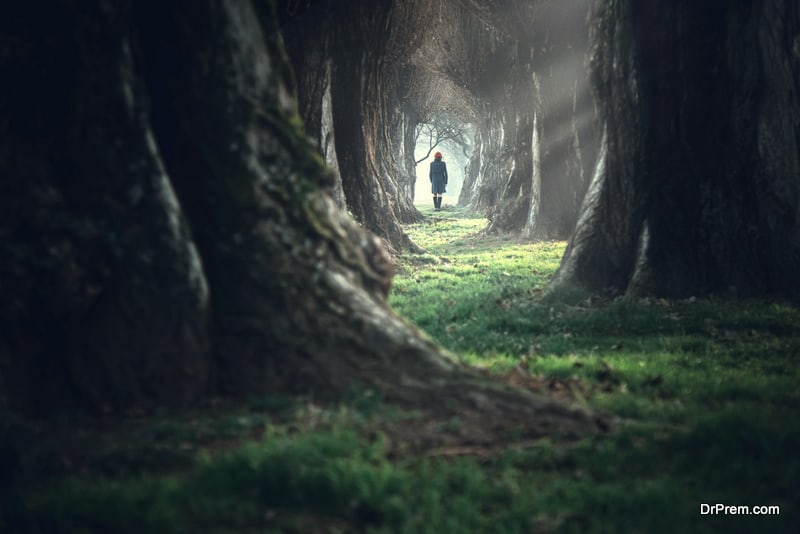The woody species in the southern forests are facing great risks from the nonnative invasive grass Microstegium vimineum. To study the growth of the invasive grass under different levels of forest disturbance, Chris and Sonja Oswalt (Forest Service Southern Research Station) and Wayne Clatterbuck (University of Tennessee) set up experiments on a mixed-hardwood southwest Tennessee forest.
The Japangrass — commonly called Nepalese browntop — was first identified in 1919 near Knoxville, Tennessee. It was inadvertently introduced here in packing material for porcelain china, M. vimineum explains. It was since then, the grass has spread across the southern States. It then flourished on floodplains and streamsides, displacing the native vegetation.
The researchers have studiest if the grass would have a negative impact on the native woody species’ regeneration. It was while working at The Ames Plantation in southwest Tennessee’s larger oak regeneration study, the researchers noticed that the Microstegium has increased dramatically after silviculture treatments that opened the forest canopy.
Chris Oswalt said,
Microstegium can invade and persist in the low-light conditions of interior forests, making excellent use of short bursts of sunlight. It can also flourish in the full light conditions that follow many canopy disturbances.
He further said,
We found that when exposed to sunlight, Microstegium can grow rapidly, often forming thick organic mats on the forest floor that directly impede the regeneration of native woody species by blocking sunlight, and indirectly by blocking seeds from reaching the soil in order to germinate. This grass, which can be easily overlooked in the understory, should be given more attention by both researchers and land managers.


